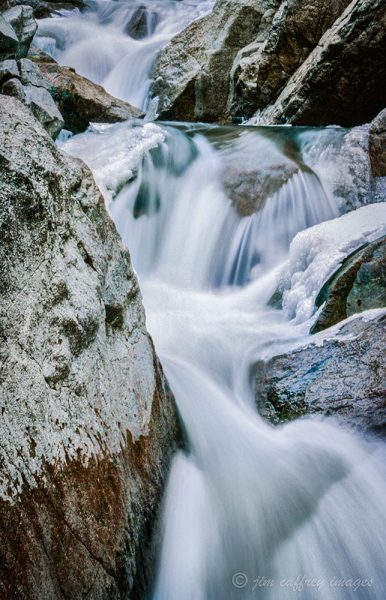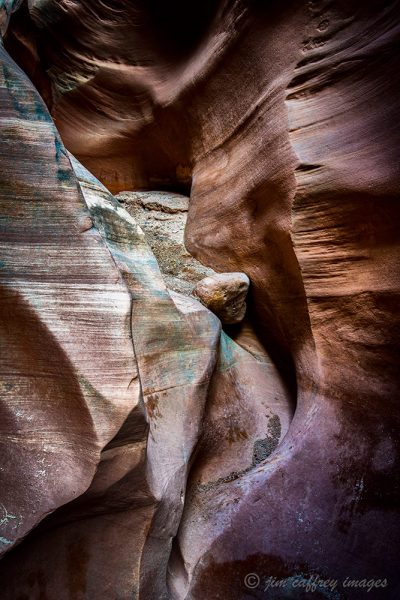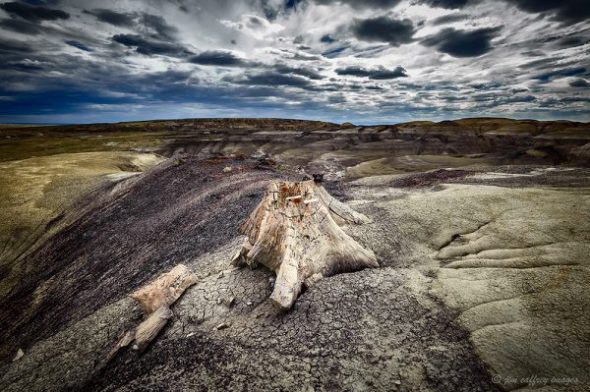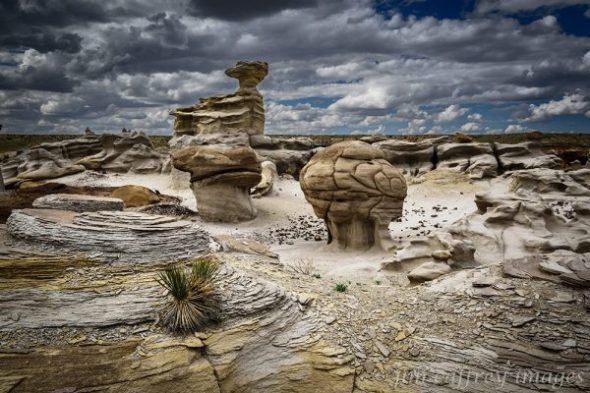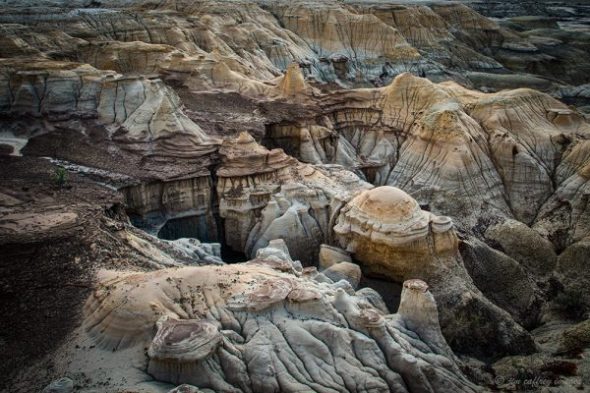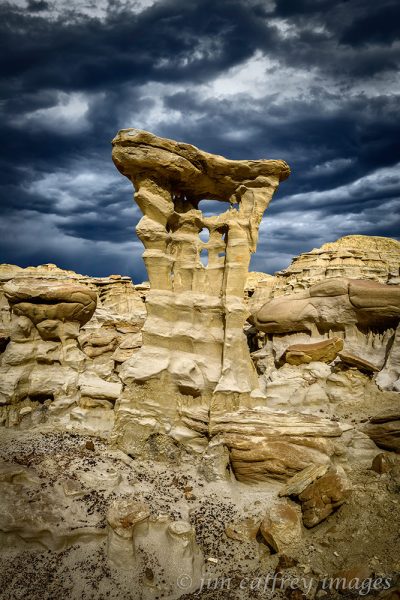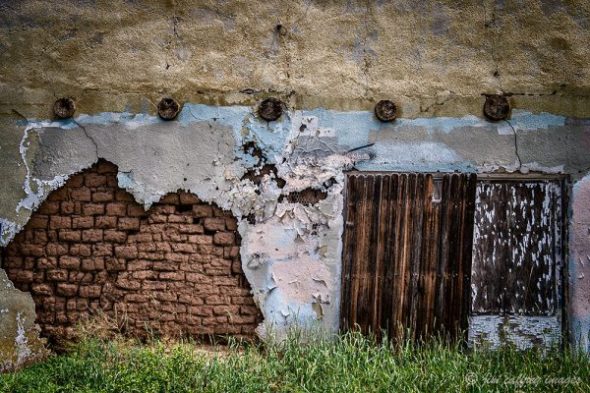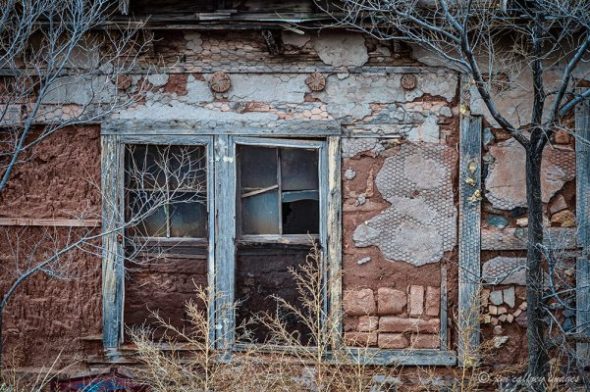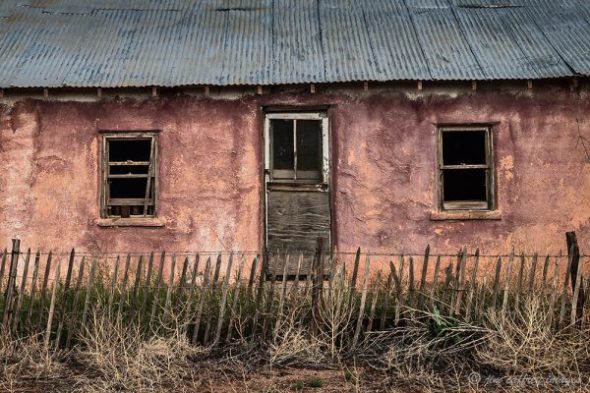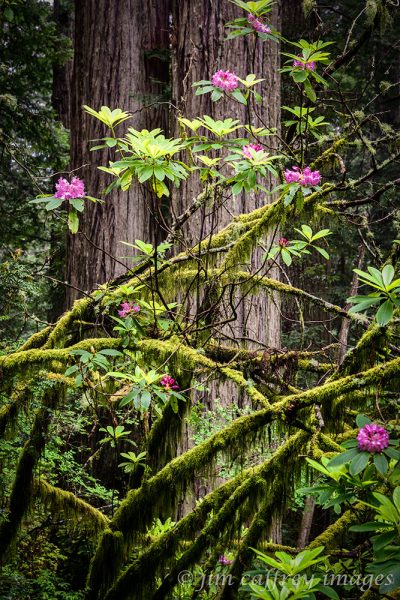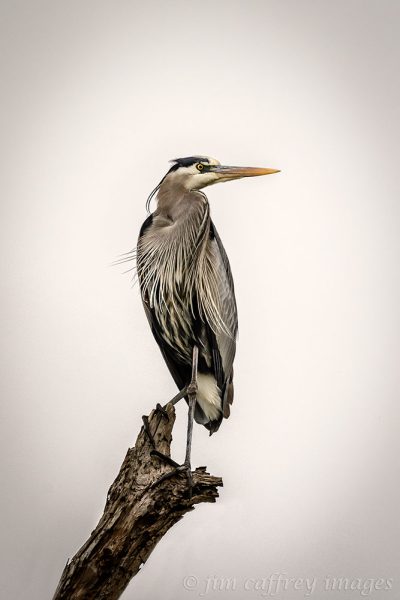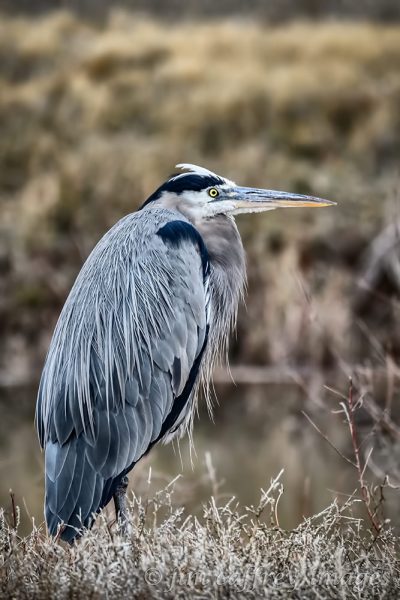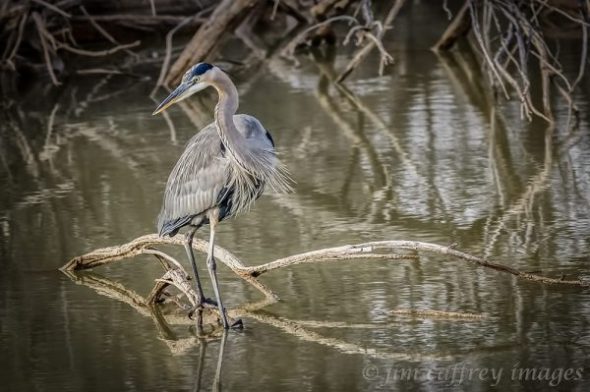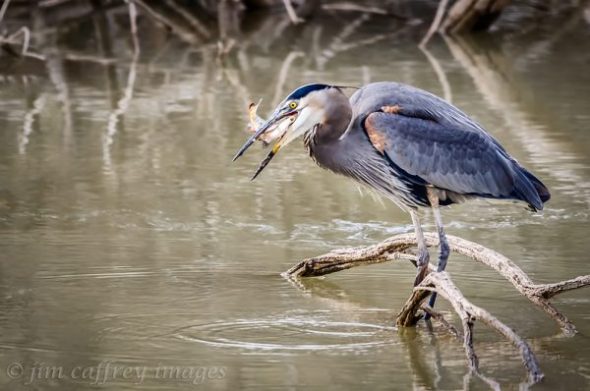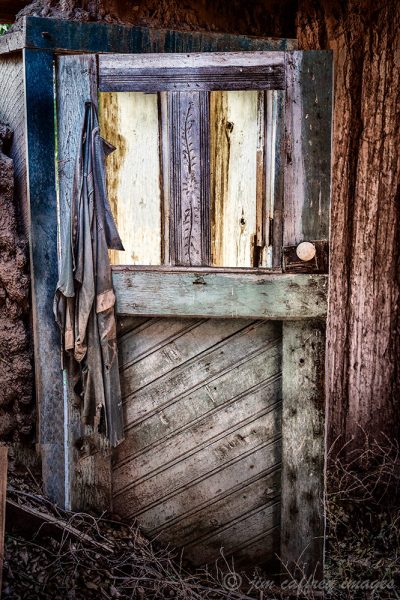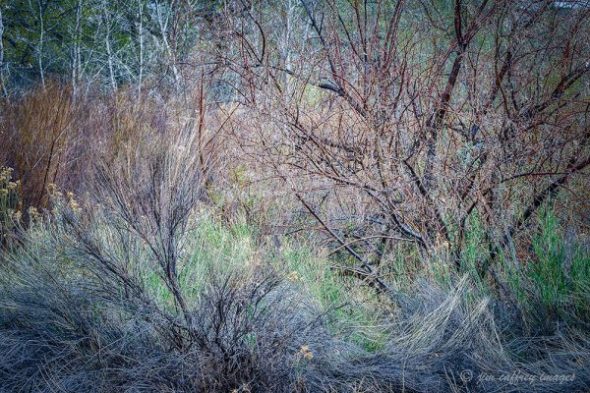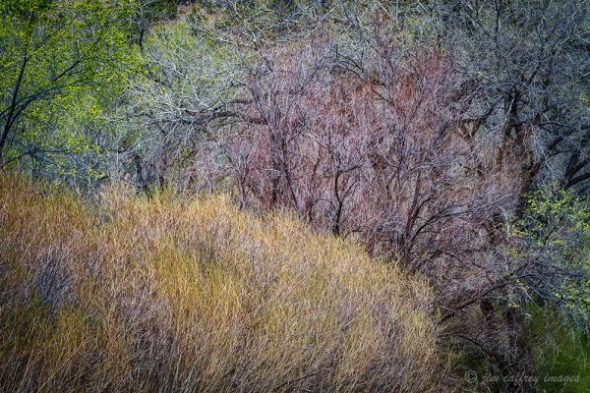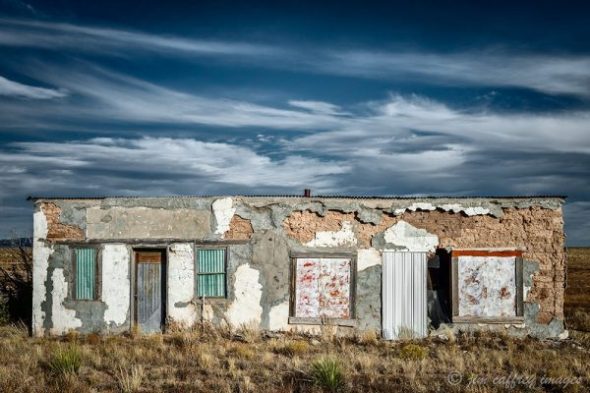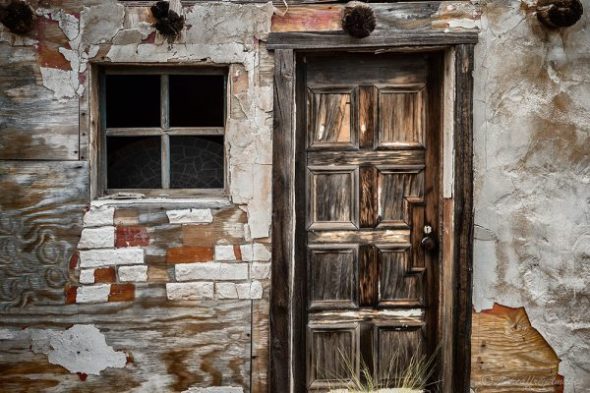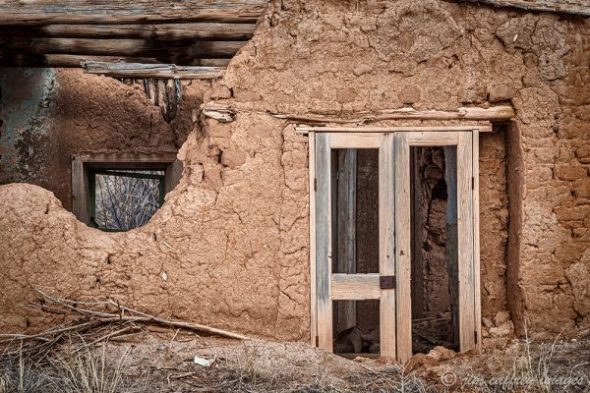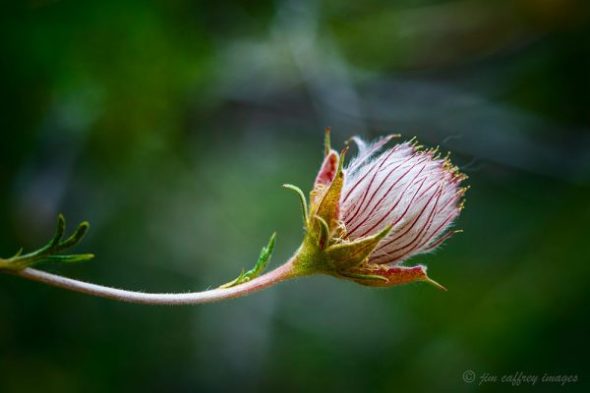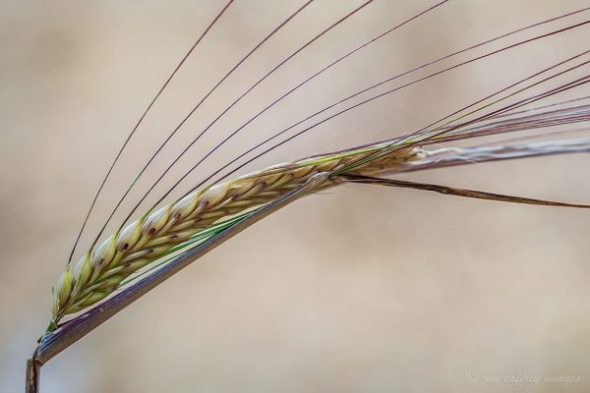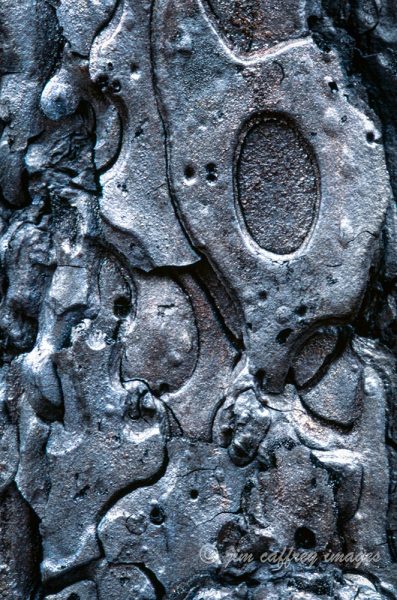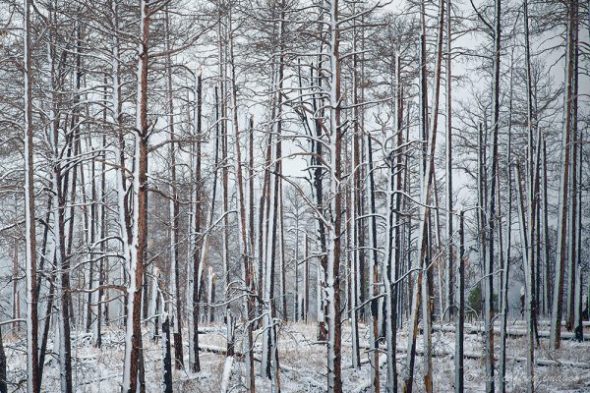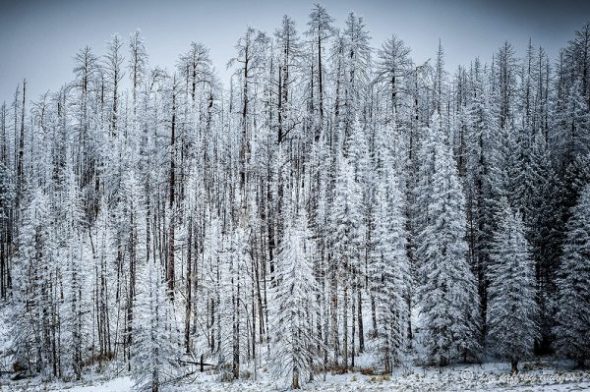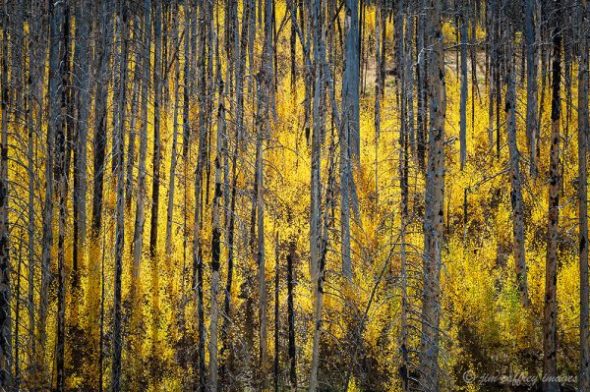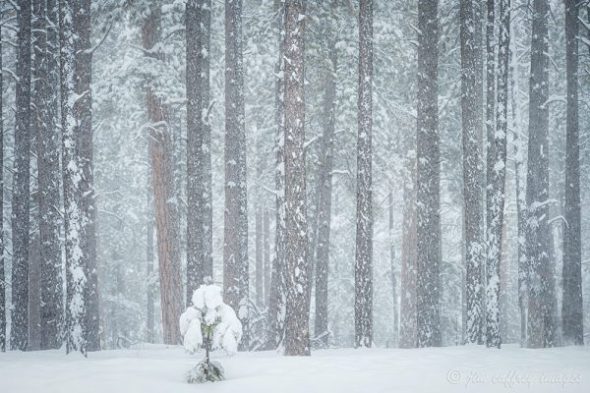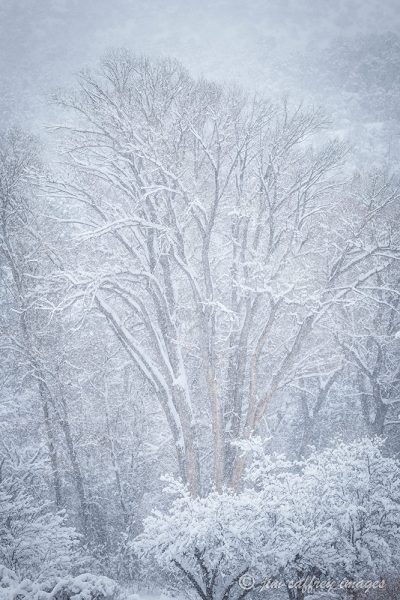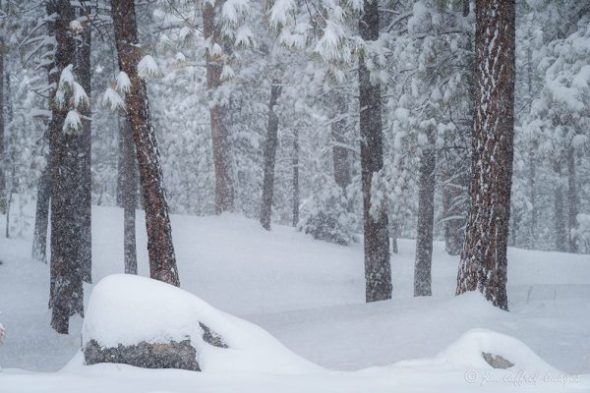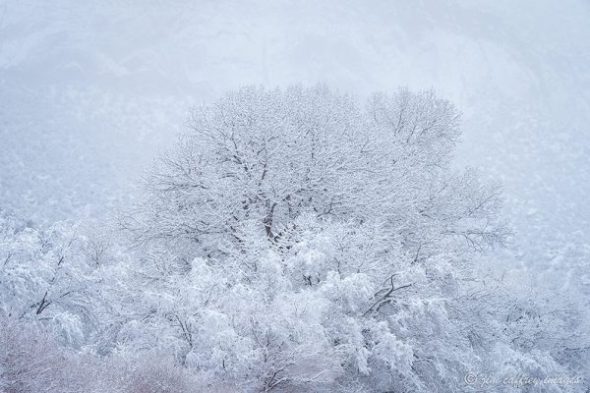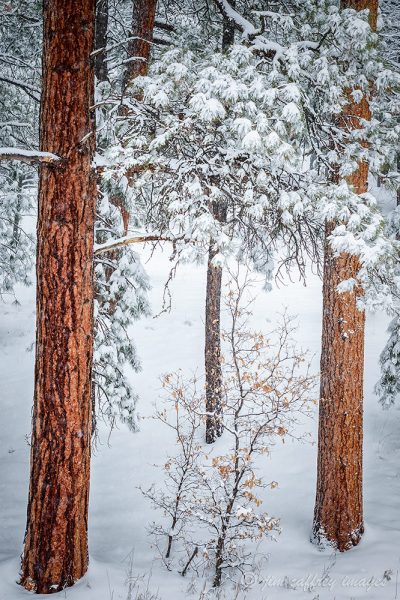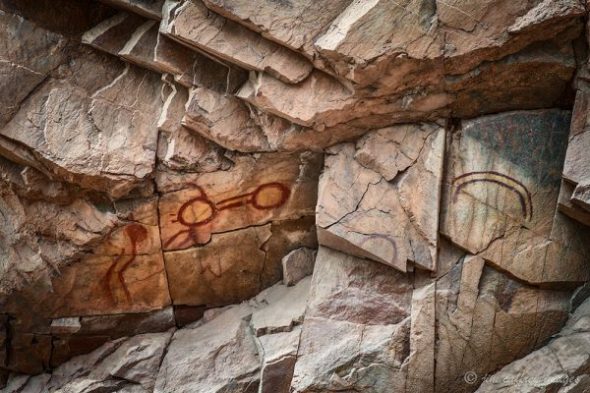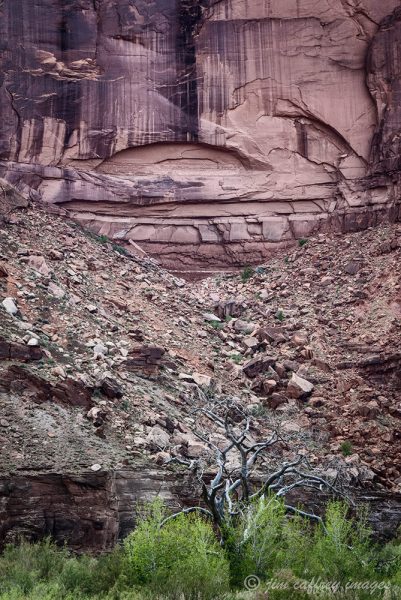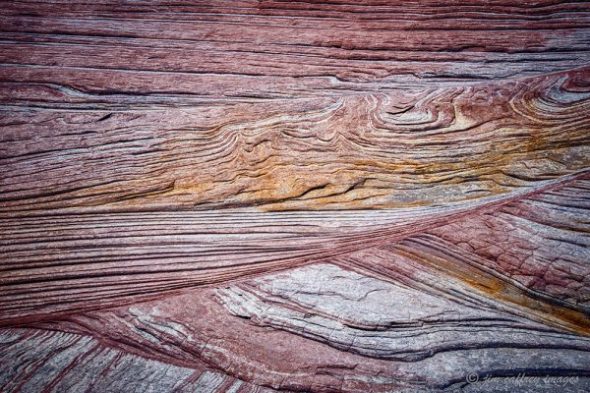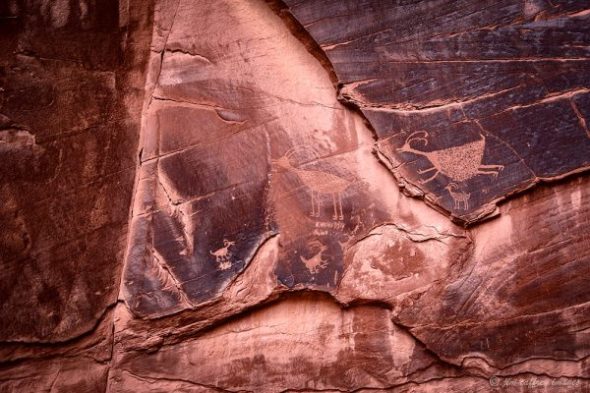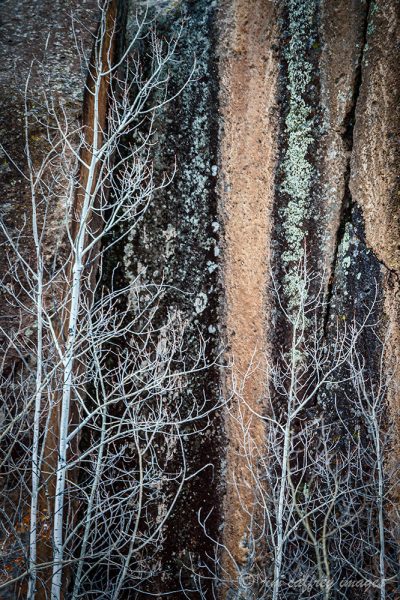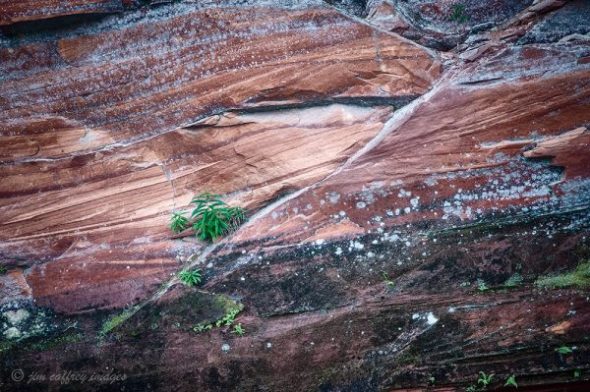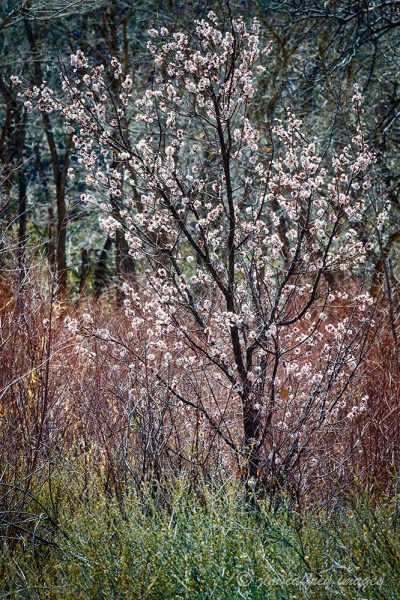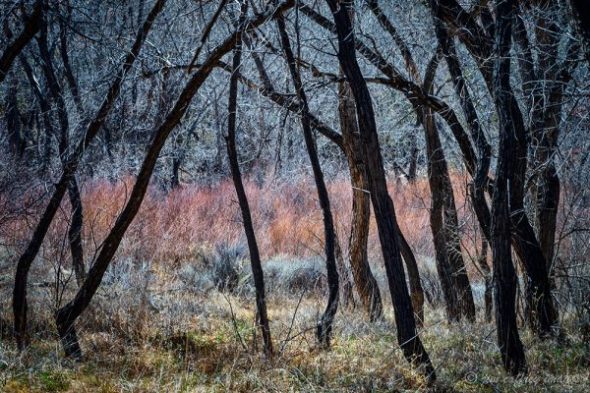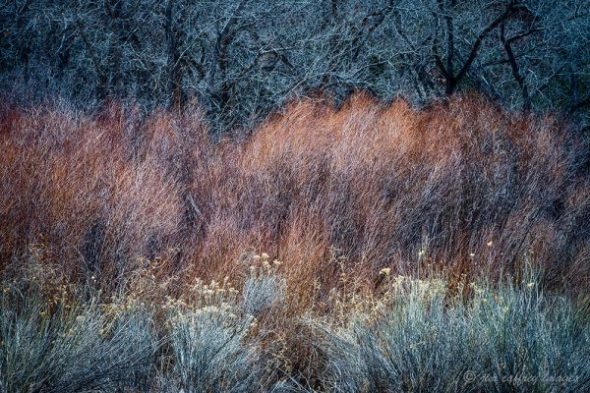Every once in a while I go to my film archives and pore over the work I was doing in those days. Sometimes I find an image that, for whatever reason, I haven’t scanned to digital; at other times I come across something that I scanned years ago, but was done at too low a resolution, with poor color management, or both. The photographs included here are from my last journey through the past and are all re-processed.
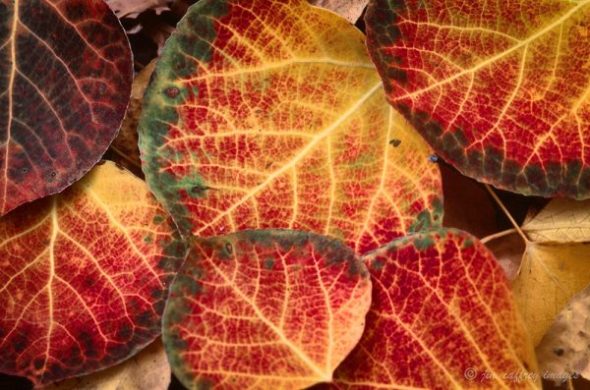 These aspen leaves were on the forest floor in the high country of the Jemez Mountains where I live. Sometimes, depending on moisture and temperature conditions, the aspens will turn a firey red with yellow hi-lighting the veins. I remember coming across these leaves and spending a long time moving around trying different compositions. This was one of the best of that series.
These aspen leaves were on the forest floor in the high country of the Jemez Mountains where I live. Sometimes, depending on moisture and temperature conditions, the aspens will turn a firey red with yellow hi-lighting the veins. I remember coming across these leaves and spending a long time moving around trying different compositions. This was one of the best of that series.
Nikon F3, Nikkor 105mm f2.8 macro, 1/5 sec, f16, Fuji Velvia 50
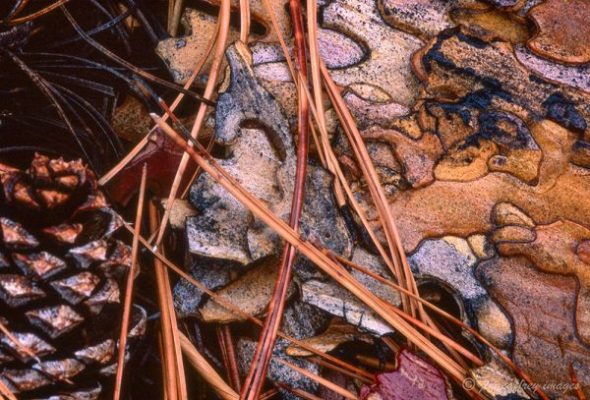 I went through a period when every photograph I made was a close-up, or a macro. This image caught my eye and I thought of it as a family portrait because all the elements were from a pine tree: the textured, multi-toned bark, the cone, and the needles haphazardly strewn across it all made a beautiful, serendipitous composition.
I went through a period when every photograph I made was a close-up, or a macro. This image caught my eye and I thought of it as a family portrait because all the elements were from a pine tree: the textured, multi-toned bark, the cone, and the needles haphazardly strewn across it all made a beautiful, serendipitous composition.
Nikon F100, Nikkor 105mm f2.8 macro, 1/10 sec, f11, Fuji Velvia 50
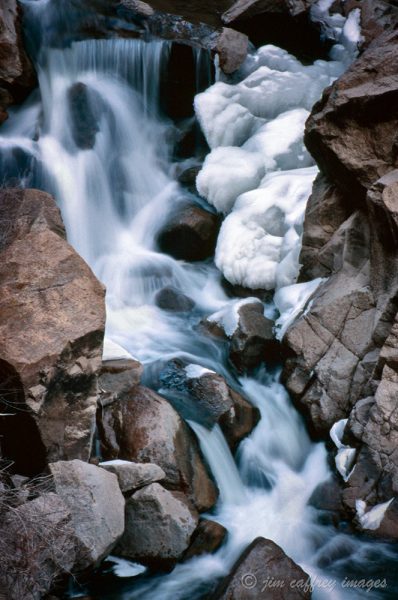 This waterfall has long been a favorite location of mine. The river tumbles through a drop in a narrow canyon with granite walls. The visual and thematic contrast make a powerful statement about the raw power of nature.
This waterfall has long been a favorite location of mine. The river tumbles through a drop in a narrow canyon with granite walls. The visual and thematic contrast make a powerful statement about the raw power of nature.
Nikon F3, Nikkor 80-200mm f2.8 @200mm, 1.3 sec, f11, Kodachrome 64
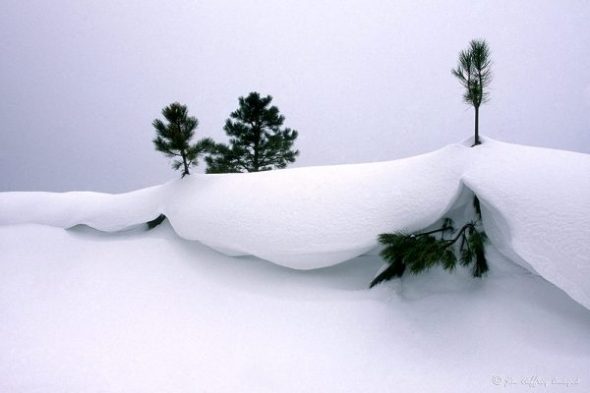 The Valle Grande is the caldera of a collapsed volcano that is the center of the Jemez Mountains. In the winter with several feet of snow on the ground and a north wind, the blown snow can form a cornice like this one. I found these pine saplings poking through the crest during a January storm.
The Valle Grande is the caldera of a collapsed volcano that is the center of the Jemez Mountains. In the winter with several feet of snow on the ground and a north wind, the blown snow can form a cornice like this one. I found these pine saplings poking through the crest during a January storm.
Nikon F 100, Nikkor 35-70mm f2.8 @55mm, 1/20 sec, f16, Kodachrome 64
If you are interested in purchasing a print of one of the images in this post, just click on the image and you will be directed to that image’s page on my website.




